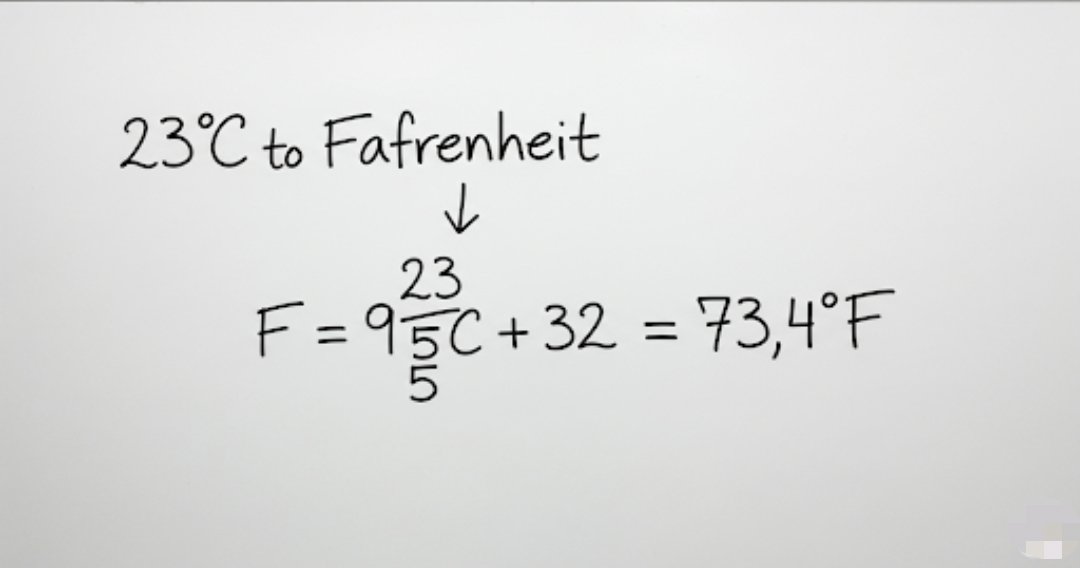How to Convert 23 C to Fahrenheit: Simple Guide with Real-Life Examples
If you’ve ever checked the weather forecast in Celsius and wondered how warm or cold it really is, you’re not alone. A common question people ask is: how do you convert 23 C to Fahrenheit? Whether you’re traveling, cooking, or just adjusting your thermostat, knowing how to make this conversion can make your life a whole lot easier.
In this article, we’ll walk you through the simple steps to convert Celsius to Fahrenheit, explain what 23 C to Fahrenheit equals, and give some real-world examples so you can easily understand and remember it. Let’s dive in.
Why You Might Need to Convert 23 C to Fahrenheit
The world is divided when it comes to measuring temperature. Most countries use the Celsius scale, while the United States, a few Caribbean nations, and Liberia use Fahrenheit. If you’re living in or visiting a place where the temperature is reported in Celsius and you’re more familiar with Fahrenheit, making a quick conversion is incredibly useful.
So, when you hear the temperature is 23°C, and you want to know what is 23 C to Fahrenheit, you’re really just trying to understand what kind of weather to expect. Let’s make it simple.
The Formula: Converting Celsius to Fahrenheit
The formula for converting Celsius to Fahrenheit is:
F = (C × 9/5) + 32
So, to convert 23 C to Fahrenheit, here’s what we do:
(23 × 9/5) + 32 = 73.4°F
That means 23 degrees Celsius is equal to 73.4 degrees Fahrenheit.
It’s as simple as plugging the numbers into the formula. If math isn’t your favorite subject, don’t worry—we’ll explain why this temperature matters and how it feels in real life.
What Does 73.4°F Feel Like?
Now that we’ve converted 23 C to Fahrenheit and found that it’s 73.4°F, let’s talk about what that temperature feels like.
- Comfortable and mild: This is the kind of temperature where you can wear jeans and a t-shirt, or a light sweater in the evening.
- Great for outdoor activities: 73°F is ideal for hiking, walking, or enjoying a picnic.
- Room temperature: Many people set their indoor thermostats around 72–74°F for comfort.
So, if you see 23°C on a weather report and you’re used to Fahrenheit, expect a pleasant, slightly warm day.
Everyday Scenarios for Using This Conversion
Understanding 23 C to Fahrenheit can help in more situations than you might think. Here are some common examples:
- Travel: If you’re visiting a country that uses Celsius, like Canada or Germany, and you see 23°C on the forecast, you’ll know it’s a lovely day.
- Thermostats: Some digital thermostats offer both Celsius and Fahrenheit settings. Knowing the conversion helps you set your ideal indoor temperature.
- Cooking: Some international recipes use Celsius for oven settings. While 23°C isn’t typically a baking temp, it’s good to get used to converting when needed.
Quick Trick to Estimate Celsius to Fahrenheit
If you don’t have a calculator handy, here’s a simple trick to estimate:
Double the Celsius number and add 30
Let’s try it with 23°C:
23 × 2 = 46
46 + 30 = 76°F (estimated)
The actual conversion is 73.4°F, so this method isn’t exact but gives you a fairly close idea—especially if you just need a rough guess.
23 C to Fahrenheit Compared to Other Common Temperatures
To put 23 C to Fahrenheit in context, here are a few more Celsius-to-Fahrenheit conversions:
| Celsius | Fahrenheit | Description |
| 0°C | 32°F | Freezing point of water |
| 10°C | 50°F | Chilly, wear a jacket |
| 23°C | 73.4°F | Pleasant spring/summer day |
| 30°C | 86°F | Warm, summer-like weather |
| 37°C | 98.6°F | Average body temperature |
Clearly, 23°C hits that sweet spot between cool and hot—a “just right” temperature for many.
Final Thoughts: Why Knowing 23 C to Fahrenheit Matters
Whether you’re a traveler, a homebody, a student, or just someone curious about the weather, knowing how to convert 23 C to Fahrenheit is a small skill that goes a long way. It helps you feel more in control, make informed decisions, and better understand your surroundings.
Let’s recap:
- 23°C equals 73.4°F
- Use the formula: (C × 9/5) + 32
- This temperature is comfortable, warm, and ideal for most activities
So next time someone asks, “What is 23 C to Fahrenheit?” you can answer confidently—and maybe even teach them the trick too.





